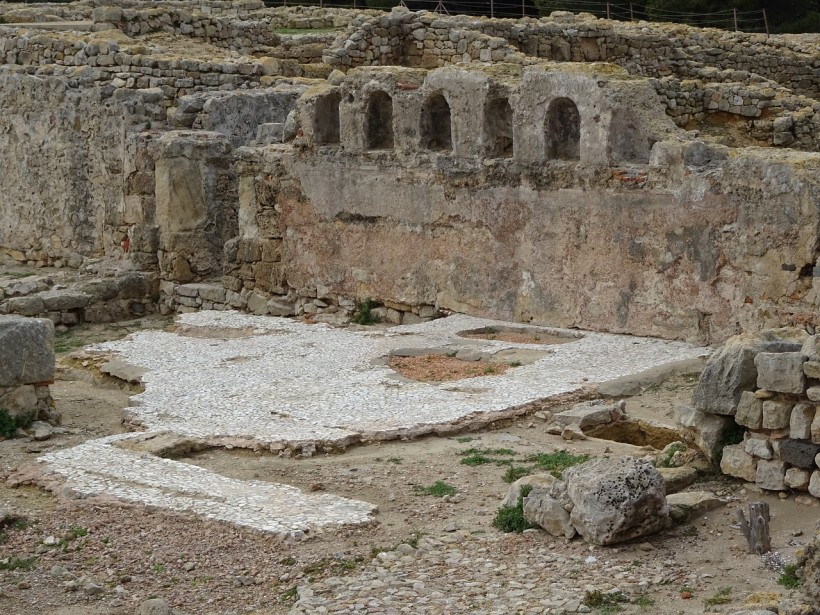A new study that looked into grave goods and ancient DNA reveals that ancient princesses may have played vital political roles in stretching a massive empire from Kazakhstan all the way to Mongolia.
Xiongnu Empire
Live Science reports that ancient princesses or elite women had crucial roles in keeping the fort at Xiongnu, which is one of the earliest nomadic empires in eastern Eurasian Steppe. People from the Xiongnu could have also been among Mongol ancestors.
The empire covered a federation of various nomadic people that took hold over huge portions of Central Asia from around 200 B.C. to A.D. 100.
Live Science adds that some of the Great Wall of China's earliest fortifications may have been built as a defense against raids of the Xiongnu.
While its strength and massiveness is known, there is actually minimal understanding surrounding this empire. However, Bryan Miller, an archaeologist from the University Michigan, notes that there are certain Chinese records and recent studies that infer the DNA from their remains.
In the Chinese records, these people were documented as foreign enemies. Interestingly, in Chinese, the characters for "Xiongnu" spell out "fierce slave."
Moving forward, Miller tells Live Science that the empire had rich genetic diversity and that to identify oneself as Xiongnu was equivalent to being a participant of a great empire.
Now, researchers have looked into the DNA of remains spotted in Xiongnu graves situated at the southern Altai Mountain foothills. They reported their findings in a paper in Science Advances.
ALSO READ: First-of-its-Kind DNA Analysis Suggests Ancient Maya Had Trees, Wild Vegetation, and Parks
Vital Political Role of Ancient Princesses
Science reports that their study mixed archaeology and genetics to demonstrate that there was an unusual hierarchy during this time. More specifically, ancient princesses had a role in building the wide and multiethnic alliances of the empire. Such factors were central to the empire's success that spanned centuries.
This was inferred through DNA testing at two cemeteries. The analysis revealed that the ones buried in the biggest tombs were women that had close relations to individuals from the Xiongnu's heartlands. Buried with these women were elite grave goods, including bronze chariot pieces, gold disks, and horse gear.
However, further DNA analysis in the tombs that were smaller showed even more diverse genetic richness. Miller notes that this suggests that these individuals could have been from remote areas of the empire.
Live Science further reports that the findings show that elite families in control may have deployed their women to the frontiers in order to foster political partnerships and alliances with other elites. Miller notes that these women were imperial clan representatives and that marriage alliances spanned through the entire empire.
Miller adds that the elite status of these women was maintained throughout the course of their lifetime, as supported by their intricate burial. The women could have been active participants and not just mere tools.
Ursula Brosseder, an archaeologist from the University of Bonn who did not participate in the study, notes that the study is quite exciting. This is because the researchers used genetics to retrieve data that could not have been accessed in any other way.
RELATED ARTICLE: 1,800-Year-Old Iron Face Mask of A Roman Empire Soldier Unearthed in Turkey
Check out more news and information on Archaeology in Science Times.















